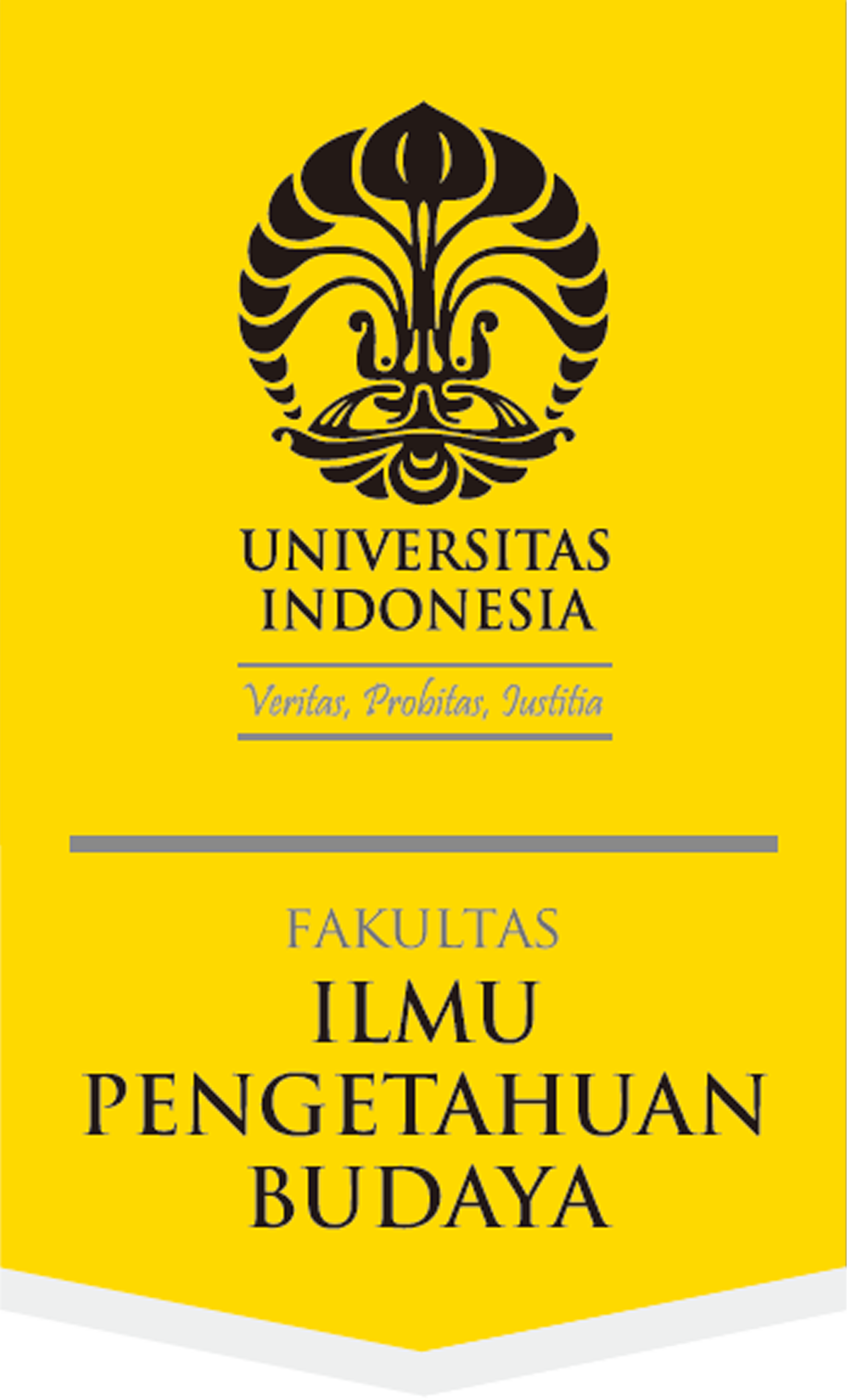Abstract
This research aims to explain and describe the colonial history of fortresses and their influence on the development of urban planning in Indonesia. The fortresses functioned as centres of colonial administration and control. In former days these fortresses were identified with the domination of power, economic exploitation and as symbols of foreign rule in areas ruled by local kings and entrepeneurs. Due to political and economic changes as well as in town planning, the funtion of these fortresses also changed. At present, the fortresses function as heritage sites and interesting places to be visited by tourists. The current efforts to conserve these historical sites can have an effect on urban development planning. The Indonesian government, especially the Department of Tourism and Culture, should give much attention not only for preservation but also for restauration of these sites.
References
Anonim. 1896. “Europeesche zeden op Java in Daendels’ tijd”, Indische Gids I: 81-82.
Harrison, Brian. 1954. South-east Asia: a short history. London: Macmillan.
Gill, Ronald Gilbert. 1995. De Indische stad op Java en Madoera: een morfologische studie van haar ontwikkeling, disertasi Universitas Teknik Delft.
Knaap, Gerrit J. dan Heather Amanda Sutherland. 2004. Monsoson traders: ships, skippers and commodities in eighteenth-century Makassar. Leiden: KITLV Press.
Marsden, William. 1975. The history of Sumatra. Oxford: Oxford University Press.
Merrillees, Scott. 2000. Batavia in nineteenth-century photographs. Richmond: Curzon Press.
Noorduyn, J. 2000. “The Wajorese, merchants’ community in Makassar”, Bijdragen tot de Taal-, Land- en Volkenkunde 3/156: 474-498.
Norman, H.D. Levyssohn 1858. Britsche heerschappij over Java en onderhoorigheden (1811-1816) . ‘S- Gravenhage: Gebroeders Belinfante.
Ricklef, M.C. 1974. Jogjakarta under Sultan Mangkubumi 1749-1792: a history of the division of Java. London: Oxford University Press.
Rouffaer, G.P. 1917. “De vorstenlanden”, Encyclopaedie van Nederlandsch Indië. ’S- Gravenhage: Nijhoff.
Soerojo, A M Djuliati. 2000. Eksploitasi kolonial abad XIX: kerja wajib di karesidenan Kedu 1800--1890. Yogyakarta: Yayasan Untuk Indonesia.
Stapel, W.F. 1940. Geschiedenis van Nederlandsch Indië. Jilid V. Amsterdam: Joost van den Vondel.
Sutherland, Heather. 1986: “Ethnicity, health and power in colonial Makassar: a historiographical reconsideration”, di dalam: P.J.M. Nas (ed.), Indonesian city: studies in urban development and planning, hlm. 40-49. Dordrecht: Foris. (Verhandelingen 117).
Sutherland, Heather. 2004. “Trade, court and company: Makassar in the later seventeenth and early eighteenth centuries”, di dalam: Elsbeth LocherScholten dan Peter Rietbergen (ed.), Hof en handel: Aziatisxhe vorsten en de VOC 1620-1720; opgedragen aan Juriën van Goor, hlm. 88-112. Leiden: KITLV Press.
Sweet, Michael J. 2002. Sir Thomas Stamford Raffles. Singapore: Antiques of the Orient.
Recommended Citation
Marihandono, Djoko
(2008)
"Perubahan peran dan fungsi benteng dalam tata ruang kota,"
Wacana, Journal of the Humanities of Indonesia: Vol. 10:
No.
1, Article 8.
DOI: 10.17510/wjhi.v10i1.182
Available at:
https://scholarhub.ui.ac.id/wacana/vol10/iss1/8









